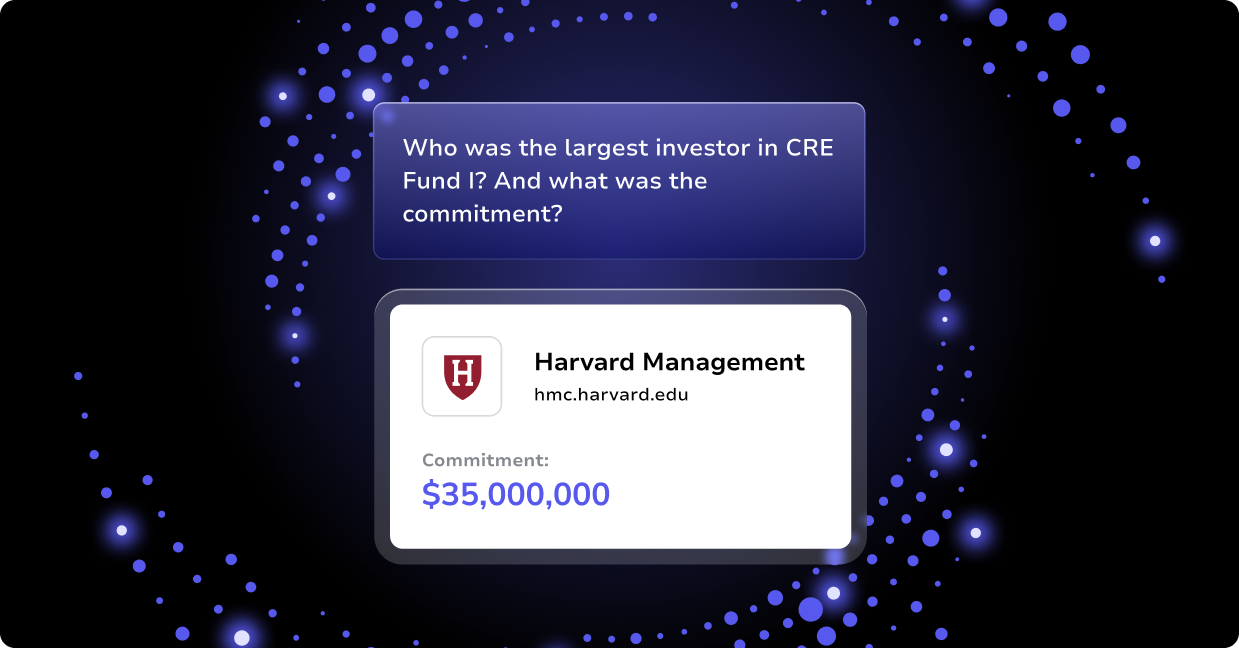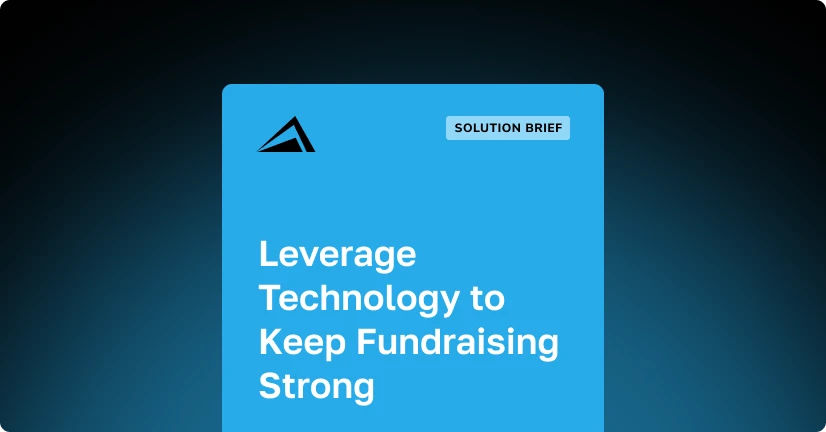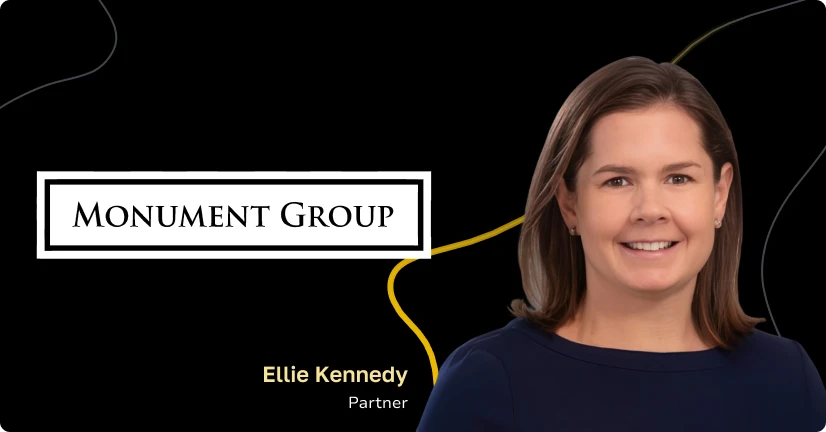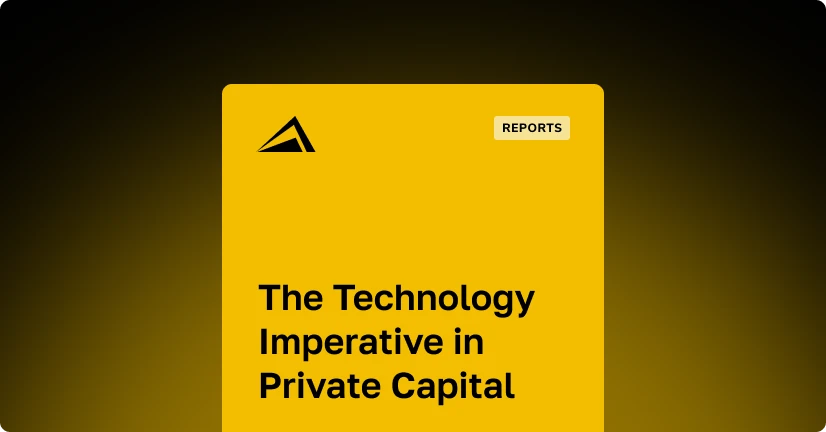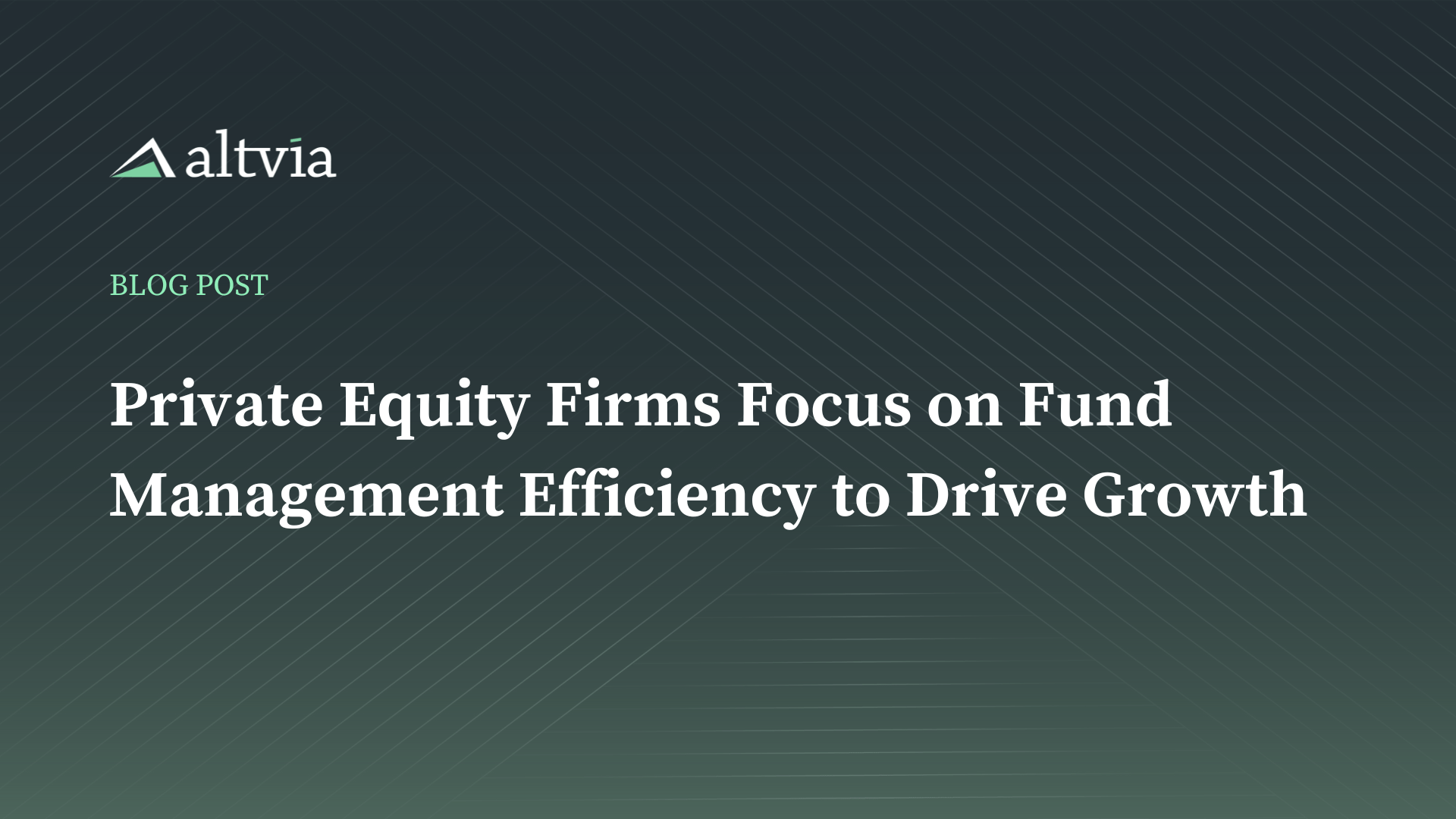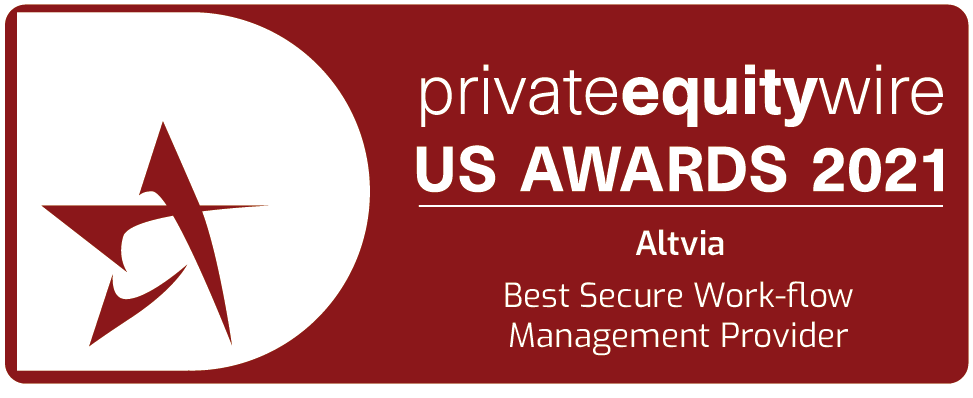
Let’s face it, managing data across departments in multiple Excel spreadsheets and PDFs can be time-intensive and time-consuming (not to mention outdated). At Altvia, we’re focused on providing our clients with flexible tools to help you manage your operational needs seamlessly across the firm, providing a cohesive view of investment portfolio data in one central system.
The work required to accurately evaluate potential investment targets and unlock new sources of revenue to drive your firm’s growth can seem next to daunting, not to mention, as Don Stewart, CFO at Spire Capital puts it, “brutal.”
To create scalable revenue across a variety of industries within your portfolio, fund managers need a single, centralized solution to record financials, provide information for monthly financial reviews, and produce quarterly and annual reports, at minimum.
Spend Less Time Gathering Information Through Automated Portfolio Data Collection
Data from portfolio companies is often gathered through Excel and PDF reports, aggregated by an analyst, and eventually stored in a document storage program of choice. Many firms still maintain this outdated process. This “if it ain’t broke, don’t fix it” mentality, as Stewart puts it, is not only a lengthy process but also relies heavily on third parties and human resources.
However, as we stated in a previous article, private equity firms that fail to accurately project the potential margin improvement at target companies, even though they gather all the data they feel they need to make an informed decision, often miss key connections in the data.
Through an automated data collection platform like Altvia, fund managers and institutional investors can leverage smart technology and AI to not only collect reliable data that displays the financial performance of companies, but also access insights to inform the drivers of the performance.
With automated data collection, firms can easily aggregate information across their portfolios in a fraction of the time and can leverage the right analytics to unlock endless possibilities to find growth opportunities and new sources of value and revenue within current portfolio companies.
Empower Your Firm with Insights and Tools that Maximize Value
Automated data empowers your firm to maximize portfolio performance through custom dashboards and actionable insights on portfolio health. With Altvia’s real-time reporting dashboards and powerful business intelligence and data visualization tools, firms can gain unparalleled insight into portfolio metrics and firmographics, visualize benchmarks and forecasting, and present overviews of your past performance and firm successes to highlight value-creation opportunities.
This data also acts as a strategic tool to fuel your firm’s success, both internally and for current and potential investors. Internally, firms can quickly identify trends through visual reports, charts, and determine if investments are on or off track (and intervene accordingly).
From an investor standpoint, access to customized dashboards with information on individual investments can help better tailor conversations, and close deals faster.
Finally, with custom CRM integrations, firms can leverage data from objective feedback loops that expose trends and insight on the investments potential investors are most interested in. And, with Altvia’s ability to share documents and expose analytics and trends within your portfolio, you can arm investors with the analytics they need to make informed decisions.
Prove Firm Differentiation at a Fund Level
Along with huge time savings, Altvia’s portfolio data dashboard provides firms with market-to-market valuations (cost, fair market value, etc.) at a fund-level for each portfolio company, empowering them with accurate information from their portfolio companies and the chance to bring storytelling to life through that data.
Set your firm apart from the competition (while making your job easier!) by achieving great returns plus providing an excellent stakeholder experience through access to actionable data.
Shift from Spreadsheets to Automated Portfolio Data
If you’re still stuck in spreadsheet-land, we have a way to help you out of it so you can keep up with the competition and begin to transform your portfolio data for growth-generating results.
How, specifically, could your firm benefit? The best way to find out is to talk with us about how your firm operates today and the improvements you’d like to make.
